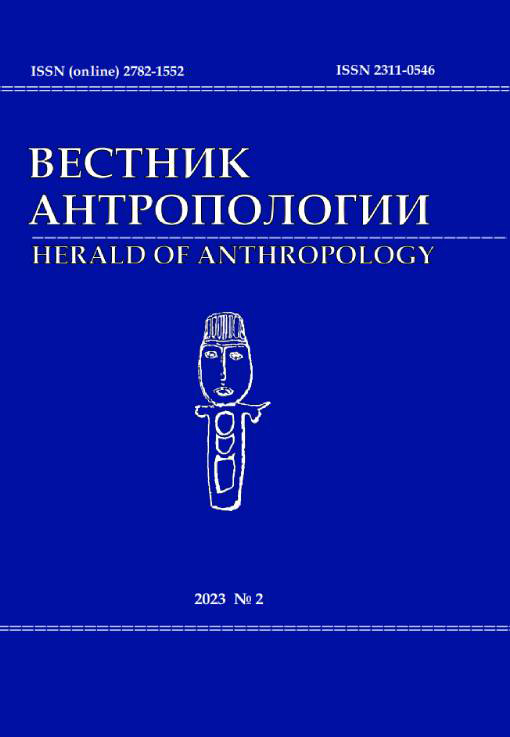Transformation Processes in the Karakalpak Costume in the Last Quarter of the 19th – First Half of the 20th Centuries
DOI: 10.33876/2311-0546/2023-2/70-85
Keywords:
Karakalpaks, tradition, innovations, costume, transformationAbstract
The Turkic-speaking people living in the north of Uzbekistan — the Karakalpaks — have their own unique culture, traditions that have been preserved for centuries. To some extent, this refers to the national costume, which, from the last quarter of the 19th century to the 1960s, was intensively modified. The article focuses on the transformation of traditional clothes in this period. Changes are traced based on the materials collected during ethnographic expeditions and the study of memoirs. The fundamental changes were caused by the penetration of foreign ethnic elements, the influence of the Soviet era, which affected all spheres of life; a certain imprint was left by the war and the post-war years. The elements introduced into the traditional costume during this period radically changed not only its appearance, but also its social functions. New living conditions made new demands on clothing that corresponded to reality — comfort, freedom of movement, ease of production. This led to the gradual displacement of traditional forms and the greater spread of the contemporary costume.





















